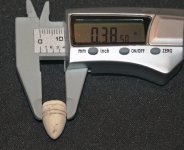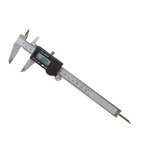kimonswanson643
Full Member
- Jul 29, 2013
- 130
- 61
Me and my friend found these civil war bullets I would like some help identifying them please
Amazon Forum Fav 👍
Attachments
-
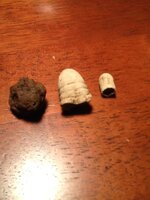 image-744143823.jpg56.7 KB · Views: 101
image-744143823.jpg56.7 KB · Views: 101 -
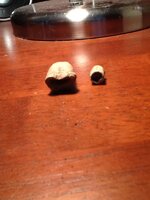 image-431475432.jpg52.7 KB · Views: 98
image-431475432.jpg52.7 KB · Views: 98 -
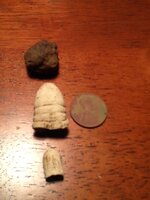 image-1862324271.jpg50 KB · Views: 102
image-1862324271.jpg50 KB · Views: 102 -
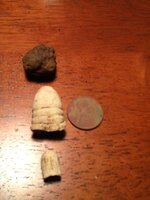 image-1844594125.jpg54.3 KB · Views: 111
image-1844594125.jpg54.3 KB · Views: 111 -
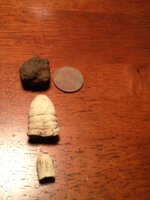 image-924793274.jpg52.6 KB · Views: 95
image-924793274.jpg52.6 KB · Views: 95 -
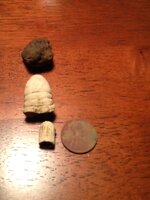 image-3002681975.jpg54 KB · Views: 102
image-3002681975.jpg54 KB · Views: 102 -
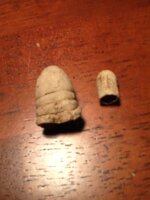 image-3058983589.jpg49.1 KB · Views: 91
image-3058983589.jpg49.1 KB · Views: 91 -
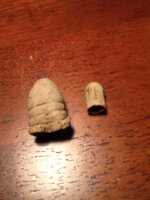 image-215762104.jpg52.3 KB · Views: 86
image-215762104.jpg52.3 KB · Views: 86


